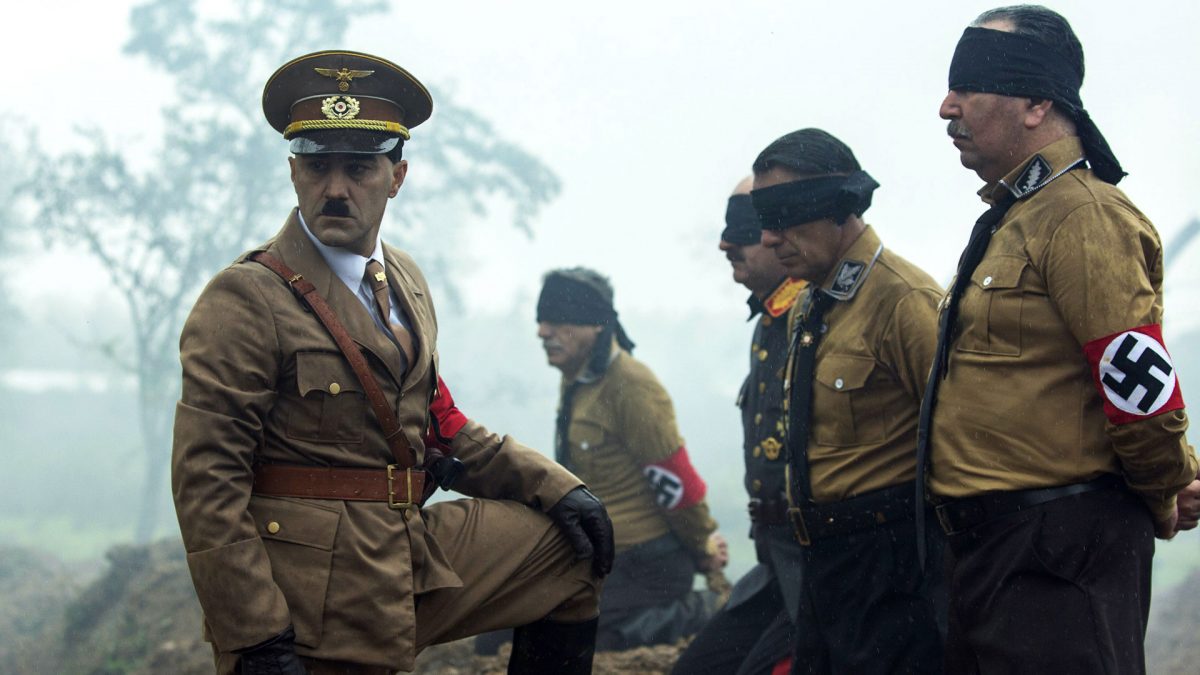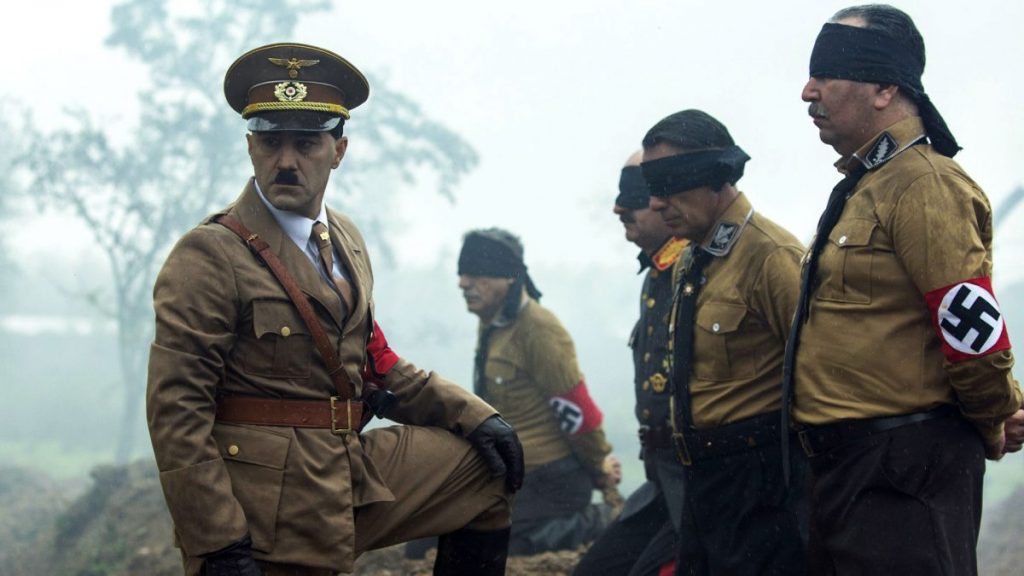
“World War III”: How do we become a dictator?
“Third World War” is a bitter tale of humiliation and the transformation of an individual through the process of degradation, where the person who has been humiliated and hurt gradually resorts to humiliation and torment others. From this perspective, “Third World War” can be seen as a story of dictatorship and becoming a dictator, as many dictators in the world have emerged from experiences of humiliation. The symbolic presence of Hitler in this film, portrayed in a theatrical and parallel narrative, emphasizes this reality. One might find a foreign example of this genre and storyline in the film “Joker.”
In “Third World War,” Shakib (the protagonist) finds himself in a situation he was not prepared for and gradually, due to the actions of the main characters in the film, he is placed in a position that reveals his dark inner self. He becomes similar to a dictator, the role he is portraying, and ultimately takes harsh revenge on all of them by poisoning their food. The mise-en-scène and visual composition of this scene also allude to the famous painting “The Last Supper.” From this perspective, one can consider all the heroes or main characters in Houman Seyedi’s films as belonging to the same category, emerging and appearing in various narrative situations. They all, in one way or another, rebel and seek revenge due to their past lives and the humiliation and oppression they have endured.
“Third World War” can also be seen as having a dual rhythm. From the beginning of the film until the explosion scene, we witness a slow pace, followed by a sudden acceleration.
In this film, we also witness Shokib undergoing a transformation of character and becoming the very thing he has been damaged by. The portrayal of Hitler by Shokib, narrated in the parallel story of the film, creates an opportunity and a situation for this transformation and becoming a villain. It serves as both a symbolic representation and an emphasis on the fact that he has lost himself in his role. Instead of internalizing the character and taking possession of it, he himself becomes a transformed figure, akin to a secondary Hitler.

The story of “Third World War” is the result of a collaboration among three screenwriters, with “Houman Seyedi” working alongside Arian Vazirdaftari and Azad Jaffarian to write the film’s screenplay. The visual structure of “Third World War” is also different from Seyedi’s previous works, and in terms of aesthetics, it seems to be a few steps ahead of his previous projects. The presence of Arian Vazirdaftari in the team of screenwriters is not without reason. He had previously experienced and experimented with the same atmosphere, setting, and character development in his short film “Like a Human Child,” and now it seems that he has expanded on those elements in “Third World War.”
However, the layout and design of the screenplay have resulted in some situations, reactions, and behaviors that appear unbelievable, artificial, and theatrical. In other words, the film’s planting and harvesting of certain elements feel a bit forced and overly exaggerated, and the symbolic strains sometimes become excessive. Additionally, secondary and supporting characters, despite being influential and progressive in the story, receive less development, and we suddenly face significant changes in them. For example, the film producer transforms into a monster and becomes entangled with her assistant (Neda Jabraili) in a tense confrontation, or “Shakib” undergoes severe humiliation.
“Third World War” can also be seen as having a dual rhythm. From the beginning of the film until the explosion scene, we witness a slow pace, followed by a sudden acceleration. This duality is somewhat related to the course of the drama and corresponds to the intensity of the conflict, which increases the tempo. Undoubtedly, “Third World War” is worth mentioning when it comes to its cinematography. One of the strengths of the film lies in its visual structure and cinematographic style. The camera avoids unnecessary movements and rotations, except in instances like Shokib’s confrontations, where it distances itself from motion. The film effectively utilizes the background of natural environments to represent pleasant color palettes. One of the most beautiful frames in the film is the scene where Shokib steps out of the room after committing a murder and walks in the snowy atmosphere.
In conclusion, while “Third World War” stands out and differs from Houman Seyedi’s previous works in terms of form and narrative, it continues the same cinematic universe—a world that seeks to depict the conflict between the individual and society. A society that, due to its repressive nature, forces the individual to confront it, and sometimes, the outcome of this confrontation leads to the transformation of the individual into the very thing they are fighting against. From this perspective, “Third World War” narrates the process of becoming a dictator.
